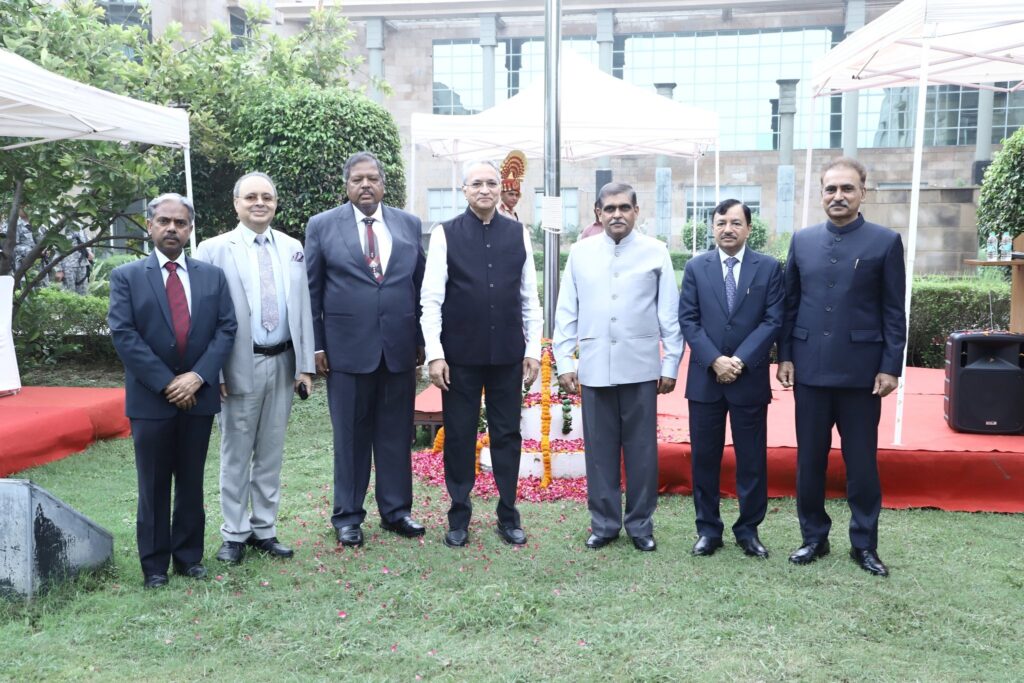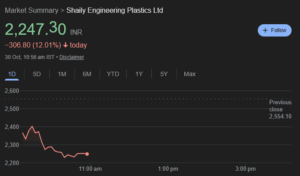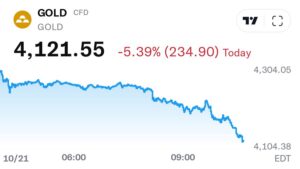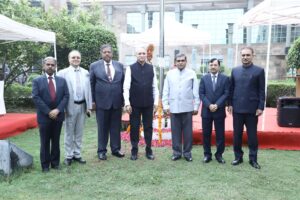
The institution of the Lokpal of India, designed as the country’s apex anti-corruption authority for the central government, is currently facing a firestorm of criticism. Far from being a robust guardian against graft, critics are now branding the body a “redundant white elephant,” whose recent actions and track record suggest a concerning prioritization of luxury and bureaucratic privilege over its core mandate.
The latest flashpoint? Reports that the Lokpal, predominantly staffed by retired judges and bureaucrats, has floated tenders to procure seven BMW 3 Series Li luxury cars, each valued at approximately ₹70 lakh.
Extravagance Over Enforcement
For many taxpayers, the move to acquire high-end German sedans for an anti-corruption body represents a profound institutional failure and a form of “soft corruption.” As one critic noted, “The anti-corruption body itself is prioritizing the luxury and privileges of its officials, which undoubtedly undermines its credibility in fighting financial corruption.”
The irony is stark: a body meant to champion probity appears to be indulging in an extravagance that directly irritates the tax-paying common man, who is left to foot the bill. The cynical humor surrounding the purchase is palpable: the luxurious vehicles, critics suggest, will surely aid the members, as “a strong and classic car will help them keep a leash on corruption,” preventing it from escaping with the BMW’s “high horsepower engine.”
A Dismal Track Record
The optics of the BMW purchase are made significantly worse when measured against the Lokpal’s enforcement statistics over the last five years. The authority’s performance record is widely deemed as alarmingly inept:
- Complaints Received: 8,703
- Complaints Rejected: Nearly 90%, often due to not being in the “prescribed format”—a classic example of “judge/babu whims” frustrating the public.
- Probes Ordered: Just 24
- Prosecution Sanctions Granted: A mere six
This filtering process has led to the characterization of the Lokpal as an institution that is more focused on bureaucratic proceduralism than on actually holding the corrupt and powerful accountable. “Instead of investigating corruption, Lok Pal seems to be indulging in extravagance,” states a common refrain.
Compromised from the Outset?
The criticisms extend beyond mere incompetence, touching on the very genesis and composition of the current Lokpal.
The Lokpal Act, 2013, was the culmination of the nationwide “India Against Corruption” movement. However, the law was left unimplemented for years, with no Lokpal appointed until March 2019. Critics allege the appointment of members—particularly Justice A.M. Khanwilkar, whose last judgment before retiring gave sweeping powers to the Enforcement Directorate (ED) in PMLA cases, has further compromised the institution’s integrity and independence.
An experienced former Director of the Central Bureau of Investigation (CBI) recalls a conversation with the late Arun Jaitley, arguing that the Lokpal was unnecessary and redundant from the start, overlapping functions with the existing Central Vigilance Commission (CVC). His counsel to either repeal the Act or abolish the CVC to save public resources was apparently ignored for political expediency ahead of the 2019 General Elections.
The ultimate fear articulated by the critics is that the institution of the Lokpal has been “ground to dust” by a government that kept it vacant for years and then appointed “servile members who are not bothered by graft and are happy with their luxuries.”
The current situation is summed up with a grim reflection: It’s not the corrupt, nor the powerful, but the common man who pays the price, both through the tax dollars funding the luxury cars and through the failure of the institution meant to protect them from corruption.





